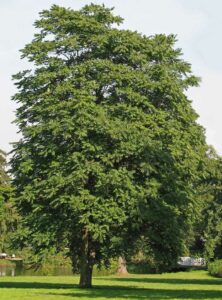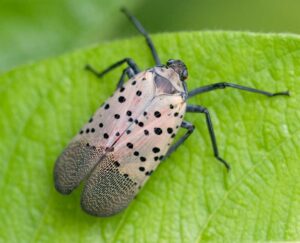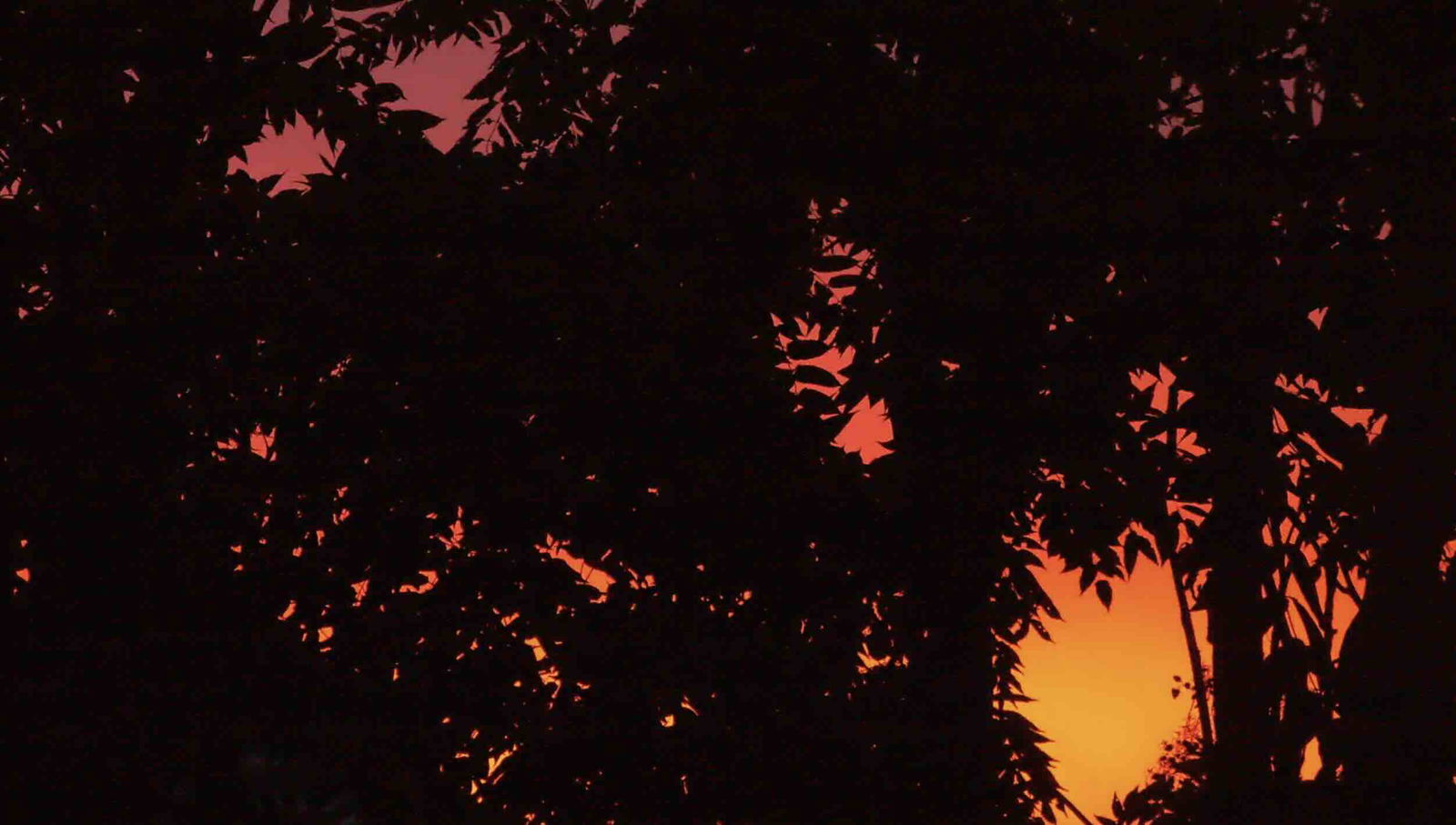Scientists from Virginia Tech University are exploring methods of killing Ailanthus altissima, more commonly known as the Tree of Heaven. Originally from China and Taiwan, the Tree of Heaven is a highly invasive plant species that has spread to Japan, Europe, and North America.
According to scientists, it is known for rapidly taking over the habitats of native plant species, thereby disrupting the ecosystem and the other living things that rely on native plants for survival. In 2015, researchers dubbed the Tree of Heaven one of the planet’s most dangerous and invasive plant species.


“Today, Tree of Heaven is considered one of the worst invasive plant species in Europe and is also listed as invasive in North America and many other countries,” the authors of that 2015 study explained.
This invasive flora is also the favorite sustenance for the extremely dangerous and invasive Lycorma delicatula, commonly known as the spotted lanternfly (SLF). Like the Tree of Heaven, the SLF originates from China (as well as Vietnam) but has also made its way to Europe and America. While the SLF is known to target food crops, recent reports have found that the invasive insect has begun to consume grapes in New York’s wine country.
To combat the Tree of Heaven and, by extension, the SLF, the Virginia Tech team received a $900,000 grant from the U.S. Department of Agriculture’s Agricultural Research Service Areawide Pest Management Program. Although the team expects to explore several potential answers to reducing the Tree of Heaven population, they are currently focused on a fungus known to kill the tree rapidly.


According to a press release announcing the research, the team will try to develop a native fungus “as a biocontrol” by using a naturally occurring fungus that can kill the Tree of Heaven. In this case, the team hopes to customize that fungus so SLFs can transport it as they hop from tree to tree, “reducing the need for human intervention.” If successful, the new fungus would kill the trees, and the SLFs would be the pathogen’s carrier.
The team says they will also test other pests and pathogens that could theoretically “control the tree-of-heaven and prevent the spotted lanternfly from spreading into vineyards. However, the researchers say the deal solution is still customizing the tree-killing fungus so the spotted lanternfly transmits it.
“The ideal scenario is that humans inoculate a tree with the fungus, and the spotted lanternfly, through its cluster feeding, picks up the fungus,” explained Forest pathologist Carrie Fearer, an assistant professor in the College of Natural Resources and Environment and the leader of the study effort. “Then the fungus could be transmitted to another healthy tree-of-heaven through the spotted lanternfly’s feeding or by spores on the insect’s body.”
Along with Fearer, the study will also include contributions from researchers at Penn State, Rutgers University, the University of Georgia, and the University of Minnesota.
Christopher Plain is a Science Fiction and Fantasy novelist and Head Science Writer at The Debrief. Follow and connect with him on X, learn about his books at plainfiction.com, or email him directly at christopher@thedebrief.org.

